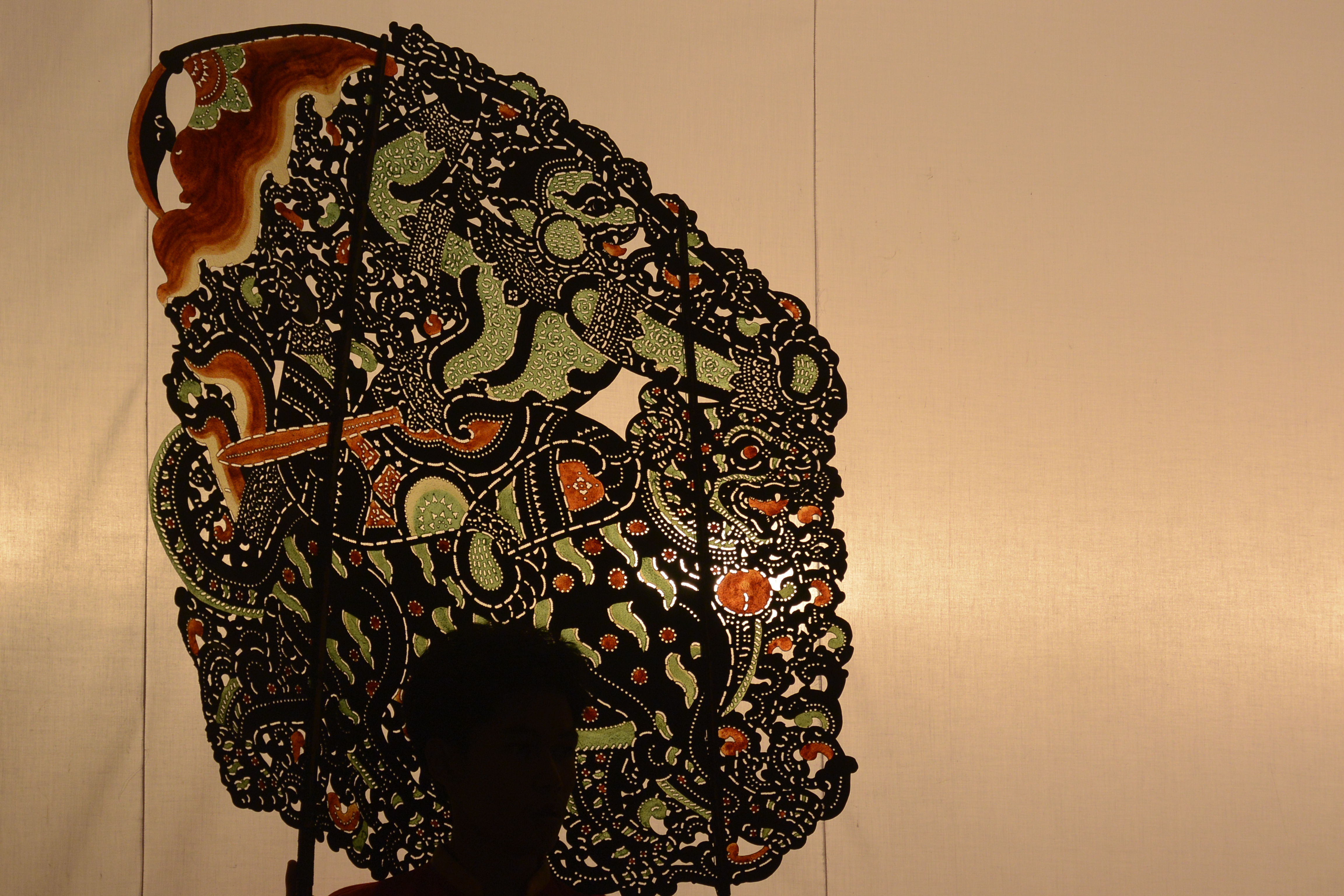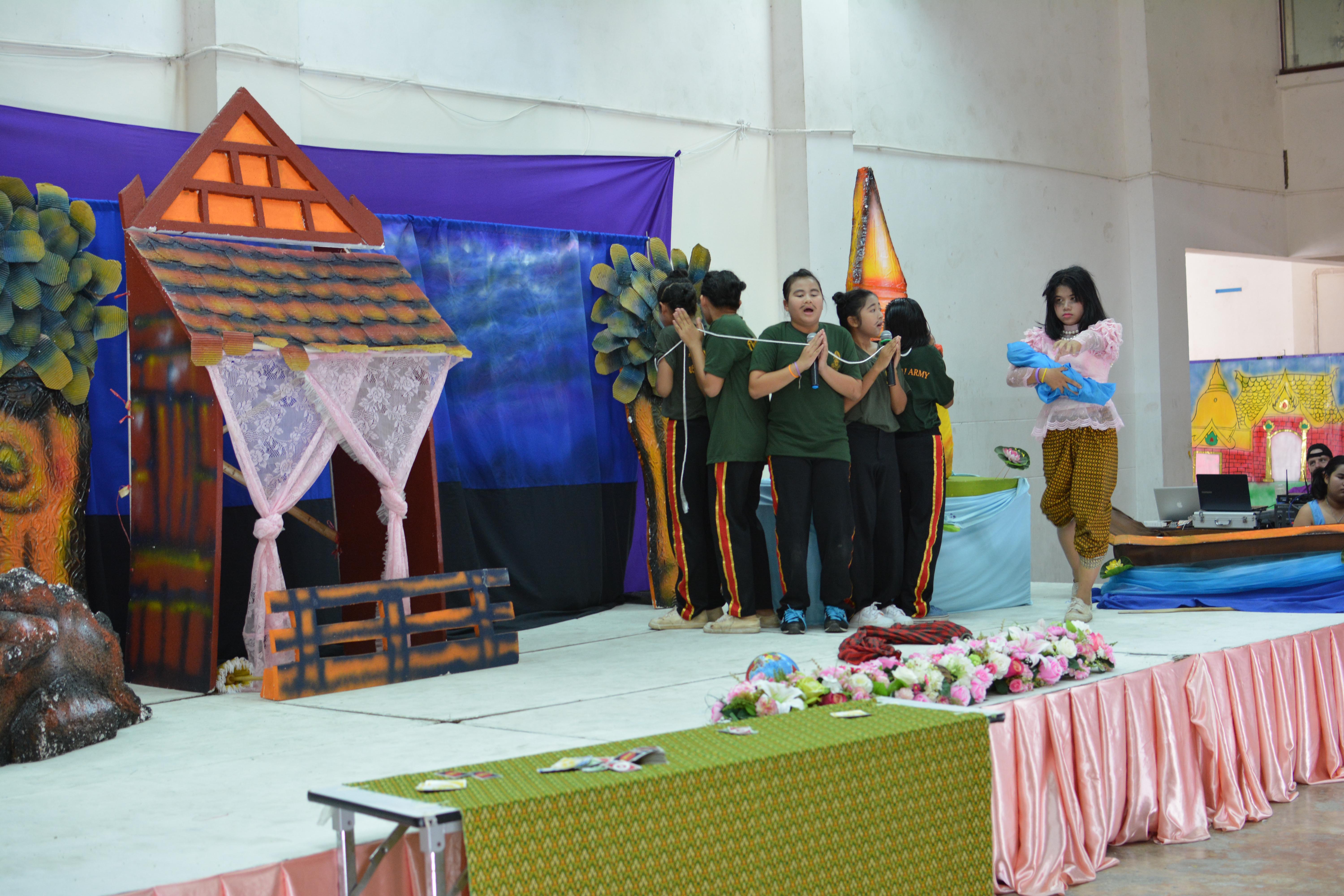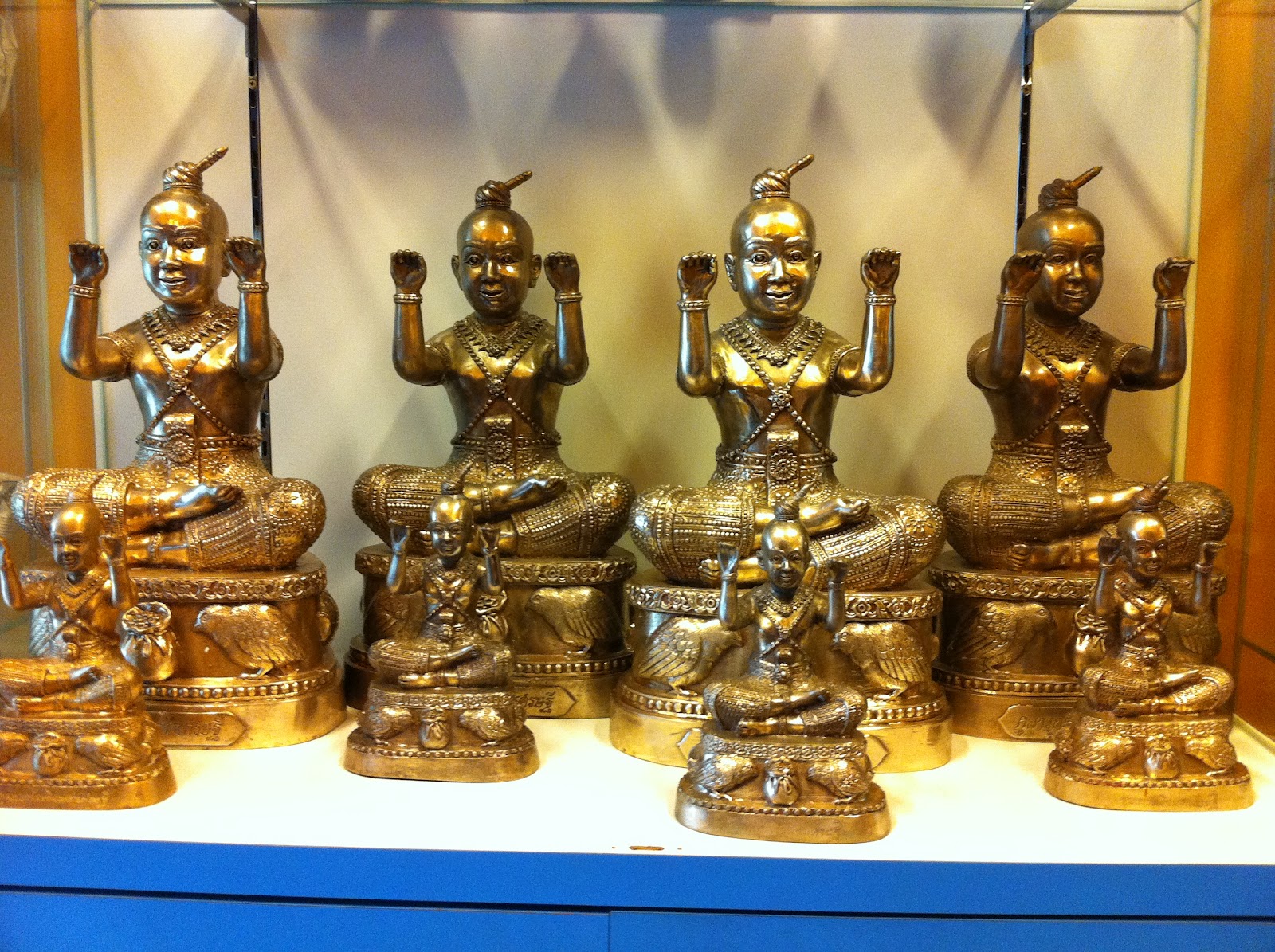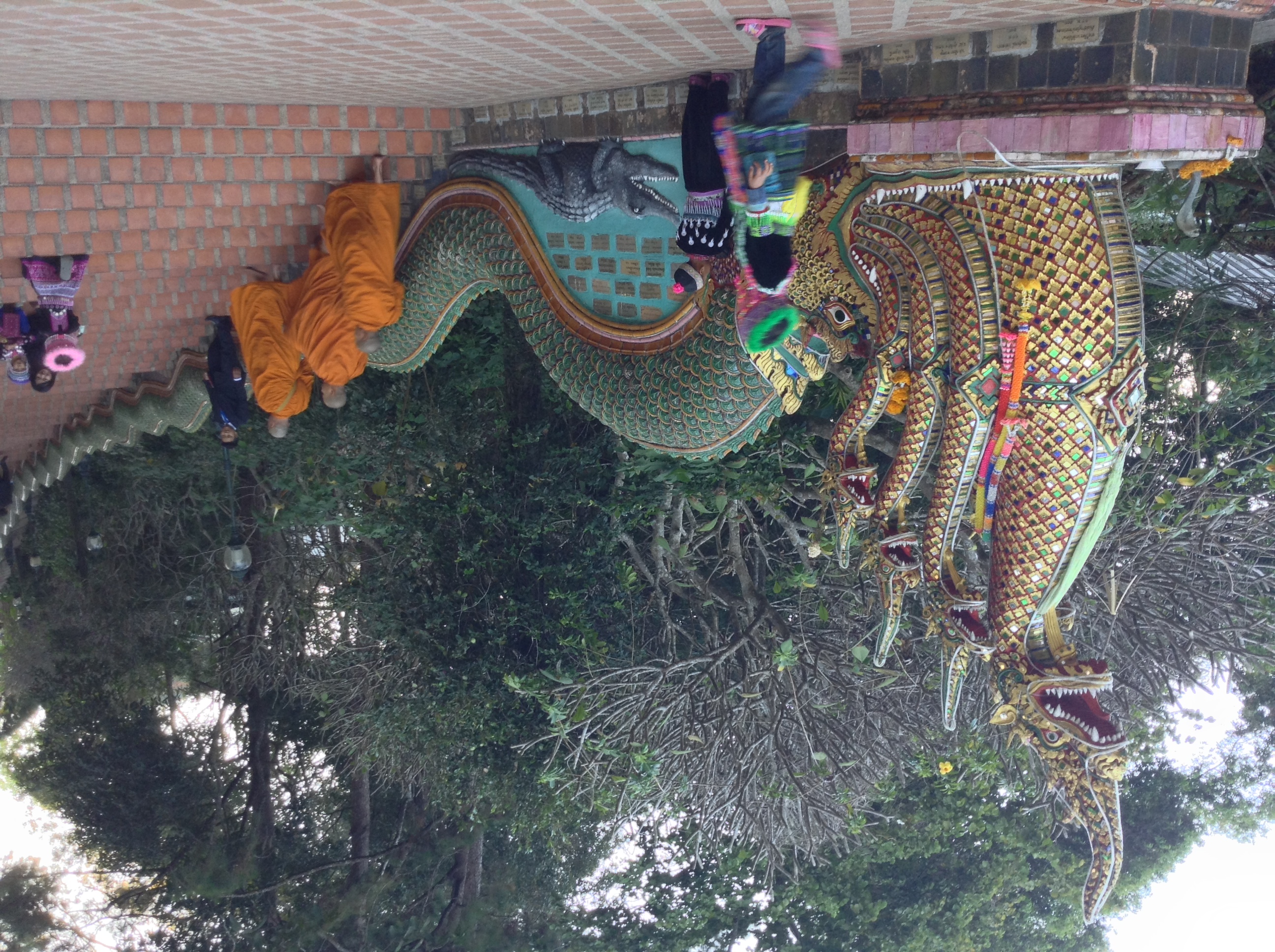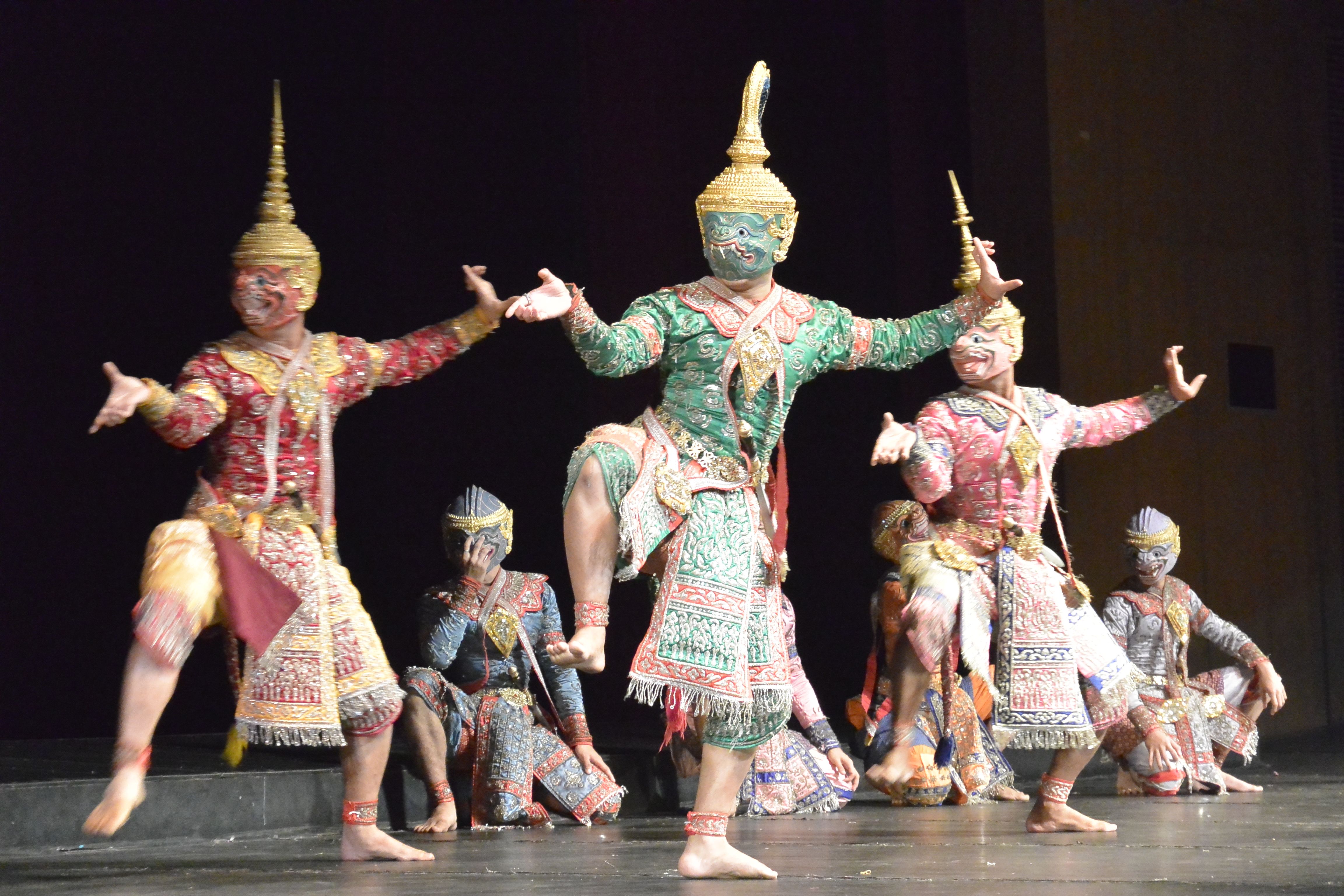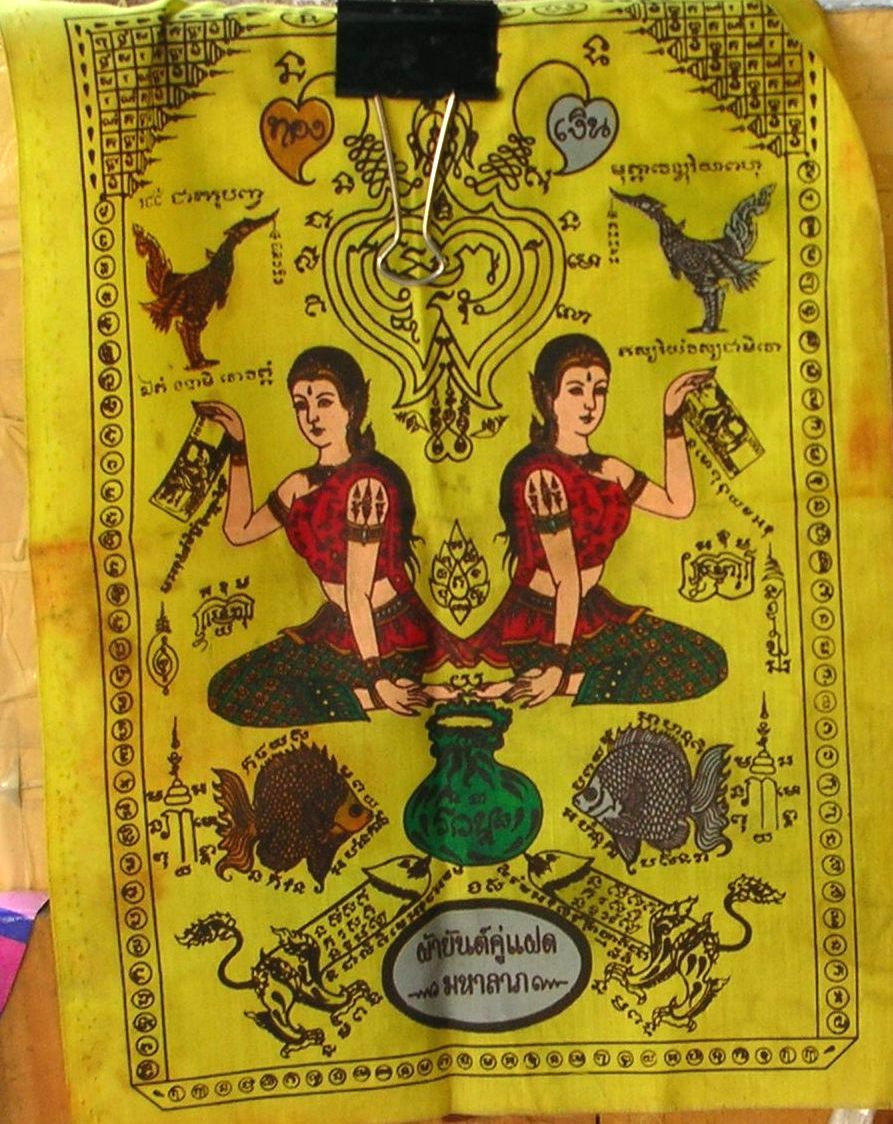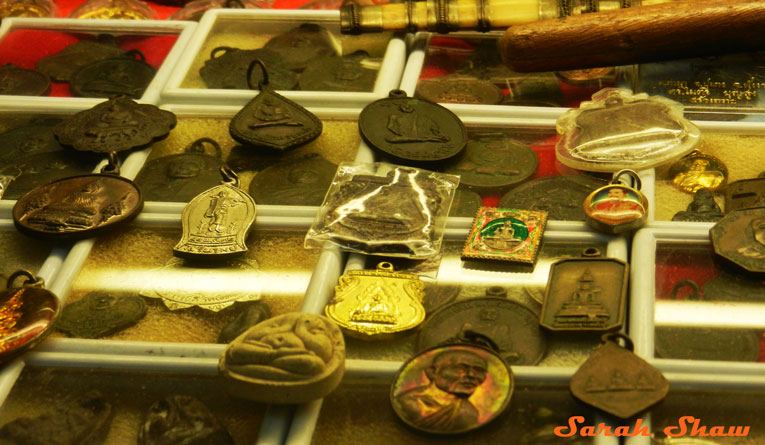There is a specialized form of performing arts that is a bit of a dying breed in Thailand: the nang yai (หนังใหญ่) shadow puppet plays. A friend had told me about stuff he had read about this art form and we briefly talked about trying to go to a performance before he left, but it never materialized. However, as I’ve tried to soak up as much of the cultural as I can this year, I made a trip to Wat Khanon in Ratchaburi, one of the few places that has performances this last weekend.
Tag: culture
Bpai Tiao Video: Thai Nang Yaai Shadow Play
In Thailand, a bpai tiao is a trip of any length. I’ve written about some of my more significant bpai tiaos to tourist destinations here, to be used as travel ideas and tips.
In the planning for this year’s Thai Youth Theatre Festival, we decided to do a workshop on shadow puppets. This was included because we learned about a traditional Thai performance art called nang yaai, which literally means “big skin.” Shadow puppets are created out of animal hides and used to perform traditional stories. After a quick search, I discovered Wat Khanon in Ratchaburi does weekly performances and I had to check it out.
Thai Performing Arts: the Khon, a masked play
Last year, during Pre-Service Training, my cohorts and I were treated to performance of the khon (โขน). The theater was absolutely freezing and the performance was around three hours with no intermission. We were told that it was something special, that it’s not a common thing to get to go see, but after a year and a half in Thailand, I’m realizing how special it is, especially for someone with an interest in theater and performing arts, because this performance is the one of the only strong traditions of theater arts in Thailand.
Thai Performing Arts: Thai Youth Theatre Project
There isn’t much of a tradition of theater in Thailand, but there is a performing arts tradition, rich with history. One thing that I have made a part of my service here in Thailand is to bring theater arts to more children as a way to inspire more confidence and excitement about English.
Folklore of Thailand: Kuman Thong
I recently learned about a totally fascinating part of Thai folklore and wanted to share: the practice of a kuman thong (กุมารทอง). In Pali, kuman means “little boy” and thong means “golden,” so the kuman thong are effigies of children with gold leaf on them. They are believed to represent the spirit of a child and proper treatment of the effigy, thus honoring the spirit, will bring good fortune. It is also a practice of necromancy.
more “Folklore of Thailand: Kuman Thong”
Folklore of Thailand: Naga Fireballs
This past weekend was the beginning of Vassa, otherwise known as Buddhist Lent, which I wrote about last year. This year, I went to one of the biggest celebrations of this holiday, the Candle Festival in Ubon Ratchathani. These state instituted holidays don’t really fall under the umbrella of “folklore,” per se, but there is some folklore related to the ending of Buddhist Lent, called Ork Phansa, with unexplained fireballs rising out of the Mekong River.
Bpai Tiao Video: Vassa and the Candle Festival 2014
In Thailand, a bpai tiao is a trip of any length. I’ve written about some of my more significant bpai tiaos to tourist destinations here, to be used as travel ideas and tips.
Every year just before the rainy season, Thailand marks the beginning of Vassa, also known as Buddhist Lent. In Ubon Ratchathani, they host what is known as the Candle Festival every year to mark Vassa. Enormous, carved wax candles are made and drawn as floats in a parade through town. Check it out!
Folklore of Thailand: the Epic Poem, the Ramakien
I mentioned in my last post that the nang kwak and Suvannamaccha good luck tapestries hung up in shops in Thailand have roots in the Ramakien. The Ramakien, “the Glory of Rama,” is the National Epic of Thailand, and folklore of Thailand in the truest sense of the word folklore. But is it truly Thai and what story does it tell?
Folklore of Thailand: Good Luck Tapestries
In my last post about amulets and charms in Thailand, I ended with a short bit on the waan nang kwak, or a figure of a beckoning woman that is displayed in shops in Thailand as a way of encouraging business. That is a good segue into other things that are displayed in shops that are meant to bring the shop good luck and lots of business: nang kwak as well as crocodile and Suvannamaccha, a Hindu mermaid, pha yant or tapestry. The figures represented on the pha yant are rooted in myths and stories as well as the more mystic beliefs of local spirits.
Folklore of Thailand: Amulets and Charms
A must-see list for any trip to Thailand inevitably includes a number of the gorgeous wats, or temples, that fill the country. From Bangkok’s Wat Phra Keaw to Chiang Mai’s Wat Chedi Luang, from Chiang Rai’s Wat Rong Khun to Petchabun’s Wat Paa Son Gaeow, from Si Saket’s Wat Lan Khuat to Bueng Kan’s Wat Phu Tok, wats are quite literally the center of village life in Thailand. Any trip to most any temple will show how folk beliefs and Buddhism have melded into the current practice of wearing and displaying khong khlang (ของลัง), or amulets and charms, which can be purchased at or near the temples. But what do these amulets and charms supposedly do and how do they get their powers?

